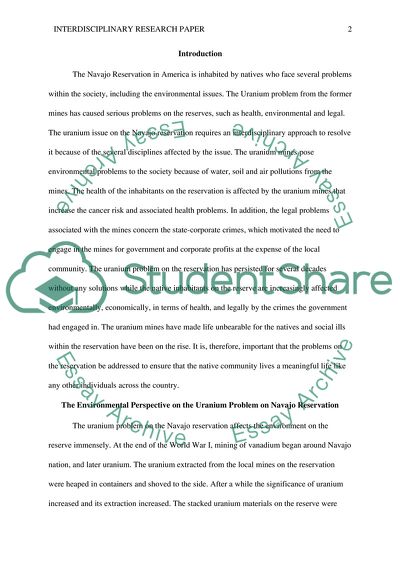Cite this document
(“The Uranium Problem On Navajo Reservation Research Paper - 3”, n.d.)
The Uranium Problem On Navajo Reservation Research Paper - 3. Retrieved from https://studentshare.org/environmental-studies/1789833-research-paper
The Uranium Problem On Navajo Reservation Research Paper - 3. Retrieved from https://studentshare.org/environmental-studies/1789833-research-paper
(The Uranium Problem On Navajo Reservation Research Paper - 3)
The Uranium Problem On Navajo Reservation Research Paper - 3. https://studentshare.org/environmental-studies/1789833-research-paper.
The Uranium Problem On Navajo Reservation Research Paper - 3. https://studentshare.org/environmental-studies/1789833-research-paper.
“The Uranium Problem On Navajo Reservation Research Paper - 3”, n.d. https://studentshare.org/environmental-studies/1789833-research-paper.


